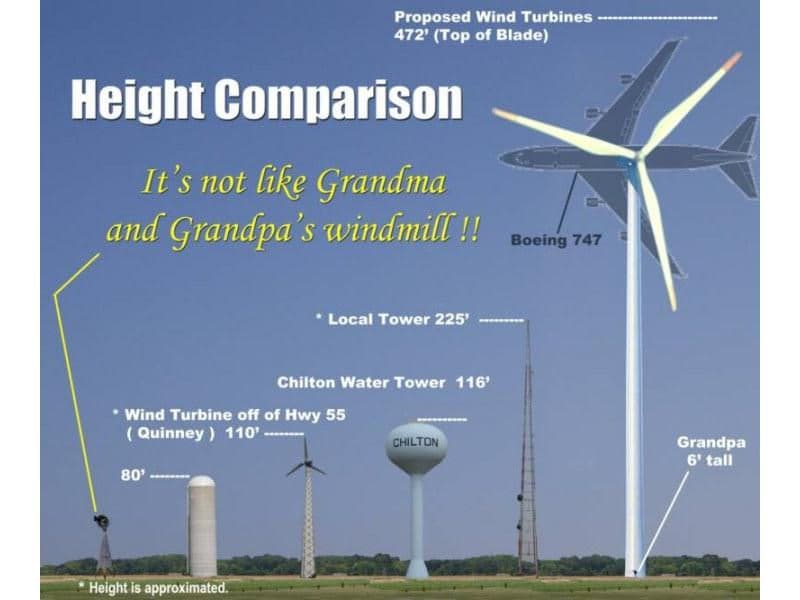The Administration goal of a fossil free grid by 2035 would require that the renewable portion of grid energy supply be supported by additional renewable generation plus electricity storage. The hourly, daily, monthly and seasonal variability of renewable generator output would no longer be supported by conventional fossil generation.
The US Energy Information Administration (US EIA) Electric Power Monthly reports an average wind capacity factor for calendar year 2020 at 35.3%, with a monthly average range from 28.2 – 41.1%. Monthly average capacity factors for 2021 through October range from 22.9 – 44.0%. Capacity factors are highest in the Spring and lowest in the Summer.
A 2.5 Megawatt (MW) wind turbine would have produced at an average rate of 0.8825 MW (2.5 * 0.353) per hour, or 21.2 MWH per day in 2020, with a monthly average rate ranging from 0.705 – 1.02 MW, or 16.92– 24.48 MWH per day. These averages mask the fact that wind turbine output could range from 0 – 2.5 MW uncontrollably throughout the day and from day to day. Therefore, on an annual basis and applying a typical utility capacity reserve margin of approximately 20%, a 2.5 MW wind turbine could be relied upon to provide approximately 0.5875 MW (0.705/1.2) if combined with storage capacity capable of storing electricity at a rate of up to 2.5 MW and discharging electricity at a rate of approximately 0.60 MW during a typical day.
A 2.5 MW wind turbine would also require storage capacity of approximately 20 MWH for each low/no wind day which might be experienced at the wind turbine location. The recent “wind drought” in the UK and parts of the EU lasted for approximately 10 days. Using this experience as guide, a 2.5 MW wind turbine would require storage of approximately 200 MWH capable of continuous discharge at a rate of 20 MWH per day. This storage would have to be recharged at the end of the period of low/no wind. However, the output of the wind turbine would be required to meet contemporaneous grid demand, so additional generating capacity would be required to recharge storage. Assuming that recharging the storage over the same number of days over which it was discharged would be acceptable, another 2.5 MW wind turbine would be required. More rapid recharging would require additional wind turbine capacity.
The availability of long-term, low-loss storage would permit the reliable capacity of the wind turbine and storage system to be increased from the approximately 0.6 MW calculated above to approximately 0.75 MW [(0.8825/0.705) * 0.6)]. However, such long-term, low-loss storage is not currently commercially available and its likely cost, based on current technology, would exceed the cost of the additional wind turbine capacity required to increase output in the lowest output month of the year to the average annual output of the 2.5 MW wind turbine.
